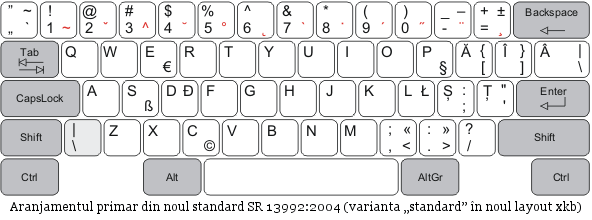- Apple Macbook Pro Keyboard Shortcuts Pdf Download
- Shortcuts On Macbook Pro
- Apple Macbook Pro Keyboard Shortcuts Pdf Downloads
30 keyboard shortcuts Mac users need to know This collection of keyboard shortcuts for macOS can help users get the most from their iMacs, MacBook Pro and MacBook laptops. ⌘K Keyboard Shortcuts⌘S Basic Go to editing ⌘X Cut line (empty selection) ⌘C Copy line (empty selection) ⌥↓ / ⌥↑ Move line down/up ⇧⌥↓ / ⇧⌥↑ Copy line down/up ⇧⌘K Delete line ⌘Enter / ⇧⌘Enter Insert line below/above ⇧⌘ Jump to matching bracket ⌘ Indent/ ⌘ /outdent line. ・ Create PDF Forms: Support to align and distribute form objects ・ TTS: Free text-to-speech tool lets PDF Reader Pro read texts loud in PDF for you with 40+ languages. Text to audio converter allows you to select the languages, gender, and reading speed. ・ Optimize Page Edit, add insert, extract, split and rotate shortcuts for quick operation.


These key combinations apply only to Mac computers with an Intel processor, not Mac computers with Apple silicon.
Best keyboard and mouse for macbook. To use any of these key combinations, press and hold the keys immediately after pressing the power button to turn on your Mac, or after your Mac begins to restart. Keep holding until the described behavior occurs.
- Command (⌘)-R: Start up from the built-in macOS Recovery system. Or use Option-Command-R or Shift-Option-Command-R to start up from macOS Recovery over the Internet. macOS Recovery installs different versions of macOS, depending on the key combination you use while starting up. If your Mac is using a firmware password, you're prompted to enter the password.
- Option (⌥) or Alt: Start up to Startup Manager, which allows you to choose other available startup disks or volumes. If your Mac is using a firmware password, you're prompted to enter the password.
- Option-Command-P-R:Reset NVRAM or PRAM. If your Mac is using a firmware password, it ignores this key combination or starts up from macOS Recovery.
- Shift (⇧): Start up in safe mode. Disabled when using a firmware password.
- D: Start up to the Apple Diagnostics utility. Or use Option-Dto start up to this utility over the Internet. Disabled when using a firmware password.
- N: Start up from a NetBoot server, if your Mac supports network startup volumes. To use the default boot image on the server, hold down Option-N instead. Disabled when using a firmware password.
- Command-S: Start up in single-user mode. Disabled in macOS Mojave or later, or when using a firmware password.
- T: Start up in target disk mode. Disabled when using a firmware password.
- Command-V: Start up in verbose mode. Disabled when using a firmware password.
- Eject (⏏) or F12 or mouse button or trackpad button: Eject removable media, such as an optical disc. Disabled when using a firmware password.
If a key combination doesn't work
Compression software mac. If a key combination doesn't work at startup, one of these solutions might help:
- Press and hold all keys in the combination together, not one at a time.
- Shut down your Mac. Then press the power button to turn on your Mac. Then press and hold the keys as your Mac starts up.
- Wait a few seconds before pressing the keys, to give your Mac more time to recognize the keyboard as it starts up. Some keyboards have a light that flashes briefly at startup, indicating that the keyboard is recognized and ready for use.
- If you're using a wireless keyboard, plug it into your Mac, if possible. Or use your built-in keyboard or a wired keyboard. If you're using a keyboard made for a PC, such as a keyboard with a Windows logo, try a keyboard made for Mac.
- If you're using Boot Camp to start up from Microsoft Windows, set Startup Disk preferences to start up from macOS instead. Then shut down or restart and try again.
Apple Macbook Pro Keyboard Shortcuts Pdf Download
Remember that some key combinations are disabled when your Mac is using a firmware password.
Shortcuts On Macbook Pro
Learn more
Apple Macbook Pro Keyboard Shortcuts Pdf Downloads
- Keyboard shortcuts that you can use after your Mac has started up.
